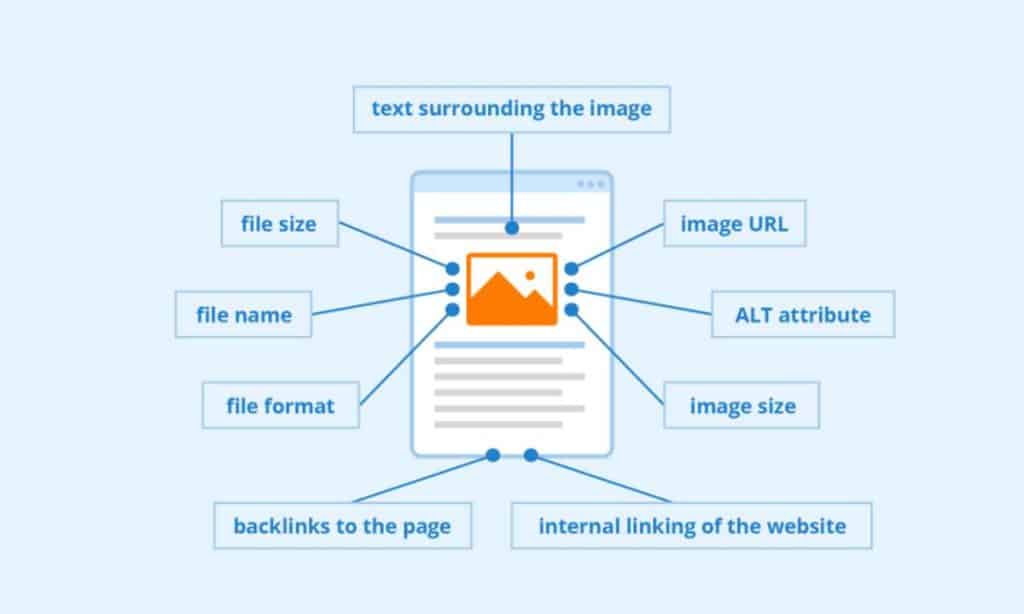Do you have plans to develop a new website or revamp an existing one? Website Best Practices Checklist Before jumping into the design process, it’s important to understand the best practices for web design. Following these practices will not only improve the appearance of your website but also enhance its functionality and user experience. In this article, we will discuss nine web design best practices that will help you create a website that is both visually appealing and user-friendly.
- Understanding the Purpose of Your Website
- Incorporating Responsive Design
- Prioritizing Navigation and User Experience
- Optimizing Page Speed
- Creating Engaging Content
- Utilizing High-Quality Images and Graphics
- Implementing Search Engine Optimization (SEO)
- Incorporating Security Measures
- Testing and Maintaining Your Website
- Website Best Practices Checklist
- Mobile Responsiveness
- Page Load Speed
- Navigation
- Content
- SEO
- Call-to-Action
- Social Media Integration
- Security
- Analytics
- Accessibility
- Conclusion
Understanding the Purpose of Your Website
Before designing a website, it’s important to determine its purpose. Is it an e-commerce site? A blog? A portfolio? Understanding the purpose of your website will help you choose the right design elements, layout, and functionality. A clear purpose will also help guide your content creation and marketing efforts.
Incorporating Responsive Design
With the majority of internet traffic coming from mobile devices, it’s essential to incorporate responsive design into your website. Responsive design allows your website to adapt to any screen size, ensuring that your website looks great and is easy to use on desktops, laptops, tablets, and smartphones.
Prioritizing Navigation and User Experience
Efficient navigation is integral to effective web design, as it enables users to effortlessly locate the desired content or resources. A simple, easy-to-use navigation menu is key. Additionally, a user-friendly experience will encourage visitors to spend more time on your site, increasing the chances of conversions.
Optimizing Page Speed
Page speed is a crucial element of user experience. Slow-loading pages can cause visitors to abandon your site, negatively impacting your search engine rankings and conversion rates. Optimizing page speed includes reducing image sizes, minimizing code, and utilizing caching.

Creating Engaging Content
The content on your website is what sets it apart from your competitors. Engaging, informative content will keep visitors on your site longer and improve your search engine rankings. Consider incorporating video, infographics, and other multimedia elements to make your content more engaging.
Utilizing High-Quality Images and Graphics
High-quality images and graphics can enhance the visual appeal of your website. However, using too many images or low-quality graphics can slow down your page speed and negatively impact your user experience. Ensure that all images are optimized for the web and relevant to your content.
Implementing Search Engine Optimization (SEO)
Search engine optimization (SEO) is essential for increasing your website’s visibility in search engine results. This includes incorporating relevant keywords, meta descriptions, and alt tags, as well as optimizing your site’s structure and navigation.
Incorporating Security Measures
Security is a crucial element of web design, particularly if your site collects sensitive data from users. Implementing security measures, such as SSL certificates and firewalls, will protect your website from hackers and ensure the safety of your users’ information.
Testing and Maintaining Your Website
Once your website is live, it’s important to test its functionality and user experience regularly. This includes testing page speed and navigation, and ensuring that all links and forms are working correctly. Regular maintenance, including updates and backups, will also ensure that your site stays up-to-date and secure.
Website Best Practices Checklist
Here are some of the best practices that you should implement on your website to ensure better performance:
Mobile Responsiveness
With more people accessing the internet on their mobile devices, it is important to ensure that your website is mobile responsive. A mobile responsive website adjusts to different screen sizes, ensuring that your website is accessible and user-friendly on any device.
Page Load Speed
Optimizing the loading time of web pages is essential for enhancing user experience and improving search engine optimization. A slow-loading website can result in a high bounce rate and poor search engine rankings. To improve your website’s page load speed, you can optimize images, use a content delivery network (CDN), and minimize HTTP requests.
Navigation
A well-organized navigation menu can help users easily find what they are looking for on your website. Ensure that your navigation menu is clear, concise, and easy to use.
Content
High-quality content is essential for any website. To keep your website visitors interested and engaged, it is important to provide content that is both informative and pertinent to their needs and interests.. Use headings and subheadings to organize your content, and ensure that your content is free of spelling and grammatical errors.
SEO
Enhancing your website’s visibility on search engine results pages (SERPs) is pivotal for boosting its online presence and can be achieved through search engine optimization (SEO) strategies. To improve your website’s visibility and search engine rankings, it is crucial to optimize it for search engines by utilizing suitable keywords, optimizing meta tags, and producing top-notch content.
Call-to-Action
In web design, a call-to-action (CTA) serves as a trigger that motivates visitors to perform a particular action, such as buying a product or subscribing to a newsletter. Ensure that your website has clear and prominent CTAs that encourage users to take action.
Social Media Integration
Incorporating social media into your website can have a positive impact on its online visibility and audience engagement. Ensure that your website has social media sharing buttons, and include links to your social media profiles on your website.
Security
Ensuring website security is vital to safeguarding your website against malicious software and cyber threats from hackers. Ensure that your website has an SSL certificate, uses strong passwords, and is regularly backed up.
Analytics
Analytics play a critical role in monitoring your website’s performance, enabling you to make informed decisions based on data-driven insights to enhance your website’s overall quality. Ensure that your website has an analytics tool, such as Google Analytics, installed.
Accessibility
Accessibility is crucial for ensuring that your website is accessible to all users, including those with disabilities. Ensure that your website is compliant with accessibility standards, such as the Web Content Accessibility Guidelines (WCAG).
Conclusion
Following these nine web design best practices will help you create a website that is both visually appealing and user-friendly. Remember to prioritize the purpose of your site, incorporate responsive design, prioritize navigation and user experience, optimize page speed, and create engagement.




